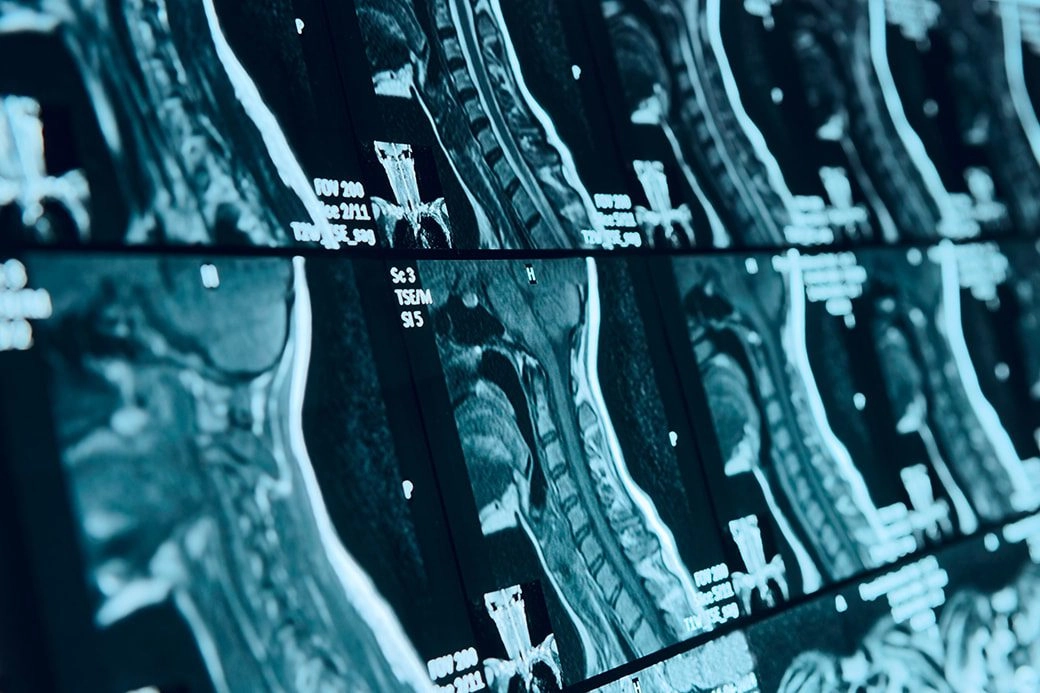Pain anywhere in the body is not something that we plan or look forward to enduring. Yet, when it impedes our ability to enjoy Grandma’s famous pie, we may develop a whole new opinion about pain in the jaw! Having the sensation that each jaw motion may freeze or stop movement entirely can cause you to panic. But your Anchorage-based team of chiropractors at Better Health Alaska have many tools to help!
So, what can we do to recognize the cause and help eliminate the resulting pain? Gaining a basic understanding of how the jaw works and what makes it move is a great place to start. Let’s look at a few things that will help us understand the human jaw and its relationship with pain disorders. Then we will better be able to explain how chiropractic care helps TMJ pain.
First, What Is TMJ?
The acronym TMJ is actually often a bit of a misnomer. The term TMJ only refers to the temporomandibular joints found on either side of the jaw. However, when this terminology is used, it is often meant to reference temporomandibular disorders, rather than the joints themselves. The difference being that TMJ more accurately defines these joints that are often affected by various diseases and conditions.
The temporomandibular joint is the connection between the skull and jawbone on either side of the head. Disorders of this joint may include harm or discomfort in the muscles and nerves associated with this joint. The cause of TMJ pain may originate from an injury, disease, or an underlying joint issue in the body. Pain may also be felt in the neck, back, and shoulders.

Does Seeing Your Anchorage-based Chiropractor Help with TMJ Disorders?
Yes! Chiropractic treatments specialize in the care of the skeletal system and the manner in which it relates to the muscles and nerves in the body. Joints in the body are a key focus of chiropractic care. Your Anchorage-based chiropractor may be viewed as one who is an expert in the care of joints.
Treatment for TMJ disorders may include chiropractic adjustments, massage, localized exercises, and other treatments related to the direct cause of your pain. For some patients, dental or orthodontic care may also be seen as beneficial if done together with chiropractic care.
What Are the Benefits of Chiropractic Care for TMJ Disorders?
Chiropractic care helps to reduce the pressure that may be placed on nerves causing pain. This is done by working to realign the joint with gentle adjustments to the joints in the jaw. Visiting your Anchorage chiropractor for jaw clicking offers a natural and surgery-free way in which to provide healing. Chiropractic care works with the bones and joints in the body in a non-invasive and effective manner.
Working with the related bones, muscles, and ligaments is an effective way to ensure that underlying conditions that are at the source of the pain are removed. Properly and effectively adjusting the jaw alignment may mean also considering nearby spinal connections in the neck, back, shoulders. Requesting the care of a chiropractor for jaw clenching means that you will be working with one trained to work with the bones and joints causing you pain.
Simple Ways to Minimize TMJ Pain
Some steps for minimizing TMJ symptoms may sound simplistic, but for those who have a regular habit of a favorite task, it may take some practice. Place reminders in prominent places to help you remember to relax your body (and your brain). A few will take practice; others only take a phone call to a local chiropractor.
- Avoid chewing gum and nail-biting.
- Try to keep your whole body relaxed. Learn a new favorite relaxation pose!
- Practice leaving space between your teeth.
- As much as possible, avoid bringing your mouth wide open.
- Work to improve your overall posture.
- Wear a bite guard while sleeping.
- Seek regular chiropractic treatments.
How Does Our Jaw Work?
When two portions of the skeleton meet in the body this is called a joint. Ligaments help the bones function together and stay closely connected to one another. Tendons connect the bones with muscles in the body.
In the joints of the jaw, it is the mandible (more commonly known as the jawbone) and the temporal bones of the skull that connect to create two separate temporomandibular joints on either side of the face. These two temporomandibular joints are meant to work in tandem. Encyclopedia Britannica shows that the upper and lower jaws work in opposition to one another, creating a formidable force between them.
When the muscles, ligaments, and tendons become unhappy for any reason, this usually causes pain. Pain or discomfort may be experienced on one or both sides causing the jaw joints to function inefficiently or through much discomfort. Since these joints are separate (each side of the skull), pain is most often felt on one side or the other. However, pain may present itself in varying manners for different patients related to their individual situation.
Proximity to the teeth and ears often leaves pain sufferers thinking that their pain is associated with these parts of the body. In fact, they are experiencing what is pain in this nearby joint. Pain can sometimes even switch sides, further confusing TMJ pain sufferers. Pain signals from the brain alert the individual that something inside the body needs attention. The exact reason for pain does not have to be fully understood for healing to commence.
TMJ Disorders: Signs and Symptoms to Consider
Here are a few things to watch for regarding TMJ pain disorders:
- Jaw pain or tenderness on one or both sides, especially at one of the temporomandibular joints
- Limited movement of the jaw
- Facial pain (usually achy)
- Blurred vision
- Earache, pain in or around your ear, a fullness of the ears
- Tooth pain, especially in the absence of cavities
- Pain or difficulty while chewing, sometimes accompanied by a clicking sound
- Stiff or tight neck or shoulders
- Grating, clicking sensation or difficulty opening or closing your mouth (lockjaw)
Not being able to eat safely and enjoyably can be a serious problem. Proper nourishment is needed for a healthy body. When portions of the body are not operating in a way that allows us to care for the rest of the body, medical care should be considered.
Your Anchorage Chiropractor Explains: What Causes TMJ Disorders?
The exact origin of TMJ pain is not always easily distinguishable. If an injury has been sustained near the temporomandibular joint, then that injury will certainly be something to consider when looking for the cause of a particular patient’s pain. The cause of pain may not always be so seemingly direct, but recovery and healing are possible through chiropractic treatments.
You may not have experienced any sort of injury, but are still experiencing pain that you believe is related to this joint. Other life factors may be at the base of what needs to be considered with your care. Posture may not sound like something that should be related to the jaw. However, if undue pressure is placed upon your neck and shoulder, this can impact other portions of the body as it relates to your skeletal system.
Stress and poor posture often come hand-in-hand, especially in our fast-paced, modern world of technology. A “get-it-done fast” mentality can easily bring us to a place where we forget the guidelines of ergonomics and push our bodies to perform in a manner that can eventually lead to all types of pain. It is also possible for a combination of factors to be resting at the source of TMJ pain symptoms.
Here are a few factors that can increase the risk of TMJ pain:
- Stress
- Poor posture
- Arthritis
- Injury to the jaw
- Grinding (bruxism) or clenching of the teeth, misaligned jaw
- Tissue diseases affecting the temporomandibular joint
How Can I Find a Chiropractor Near Me for TMJ Disorders?
Alaskans have a unique option for receiving chiropractic care! Better Health Chiropractic & Physical Rehab offers 4 locations for clients to come and receive chiropractic treatments of all kinds! Give us a call (1.877.346.5255) or visit our website from your couch! Find us in South and East Anchorage, Juneau, and Wasilla!
We are happy to help you find the best course of action for your jaw pain. Our trained Anchorage-based chiropractic physicians and technicians welcome you to join us for care that is personalized and fit to your needs and preferences. Milkshakes are fun and smoothies are delicious, but we are here to help you get back to eating fish and steak! See our chiropractor reviews here!










